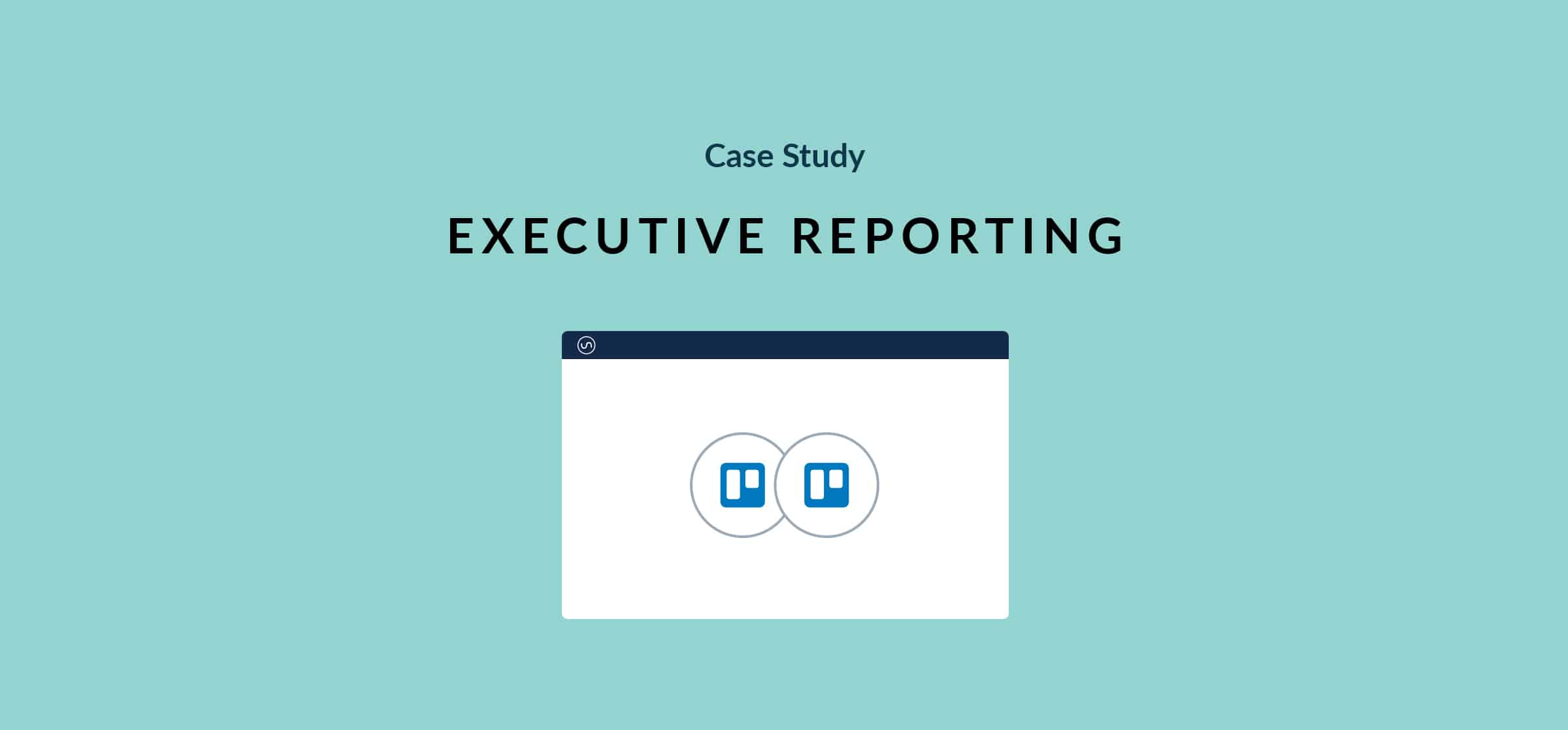
How to Set Trello Permissions & Admin Controls
Set permissions and admin controls
Scale safely and manage data securely without putting the brakes on collaboration and getting things done. Learn how to set permissions and administer teams successfully.
Every team needs a digital space where they can easily connect ideas and projects across company silos. Allowing users to be added to a project based on their permission and accessing and creating content freely is key for keeping a healthy business environment.
By having all the control at your fingertips, your team can scale while keeping intellectual property safe within Trello.
SECTION OVERVIEW
In this section you will learn:
- Workspace administration
- Members and guests permissions
- Setting board permissions
Workspace administration
With your Workspace created, members invited, boards added, and collaboration in full swing, it’s time to take a moment and go over a few ways you can better administer your Workspace.
Free Workspaces admin features
On a free Workspace, it’s easy to collaborate because all members are granted admin status by default. When everyone on the Workspace has uniform permissions, there are no blockers to team productivity. Here’s what free Workspace admins can do:
Member and guest permissions
- Invite and remove Workspace members
- Create Workspace invite links
- Convert guests into Workspace members
Board Control
- View and join Workspace-visible and public boards (provided board settings allow self-join)
Workspace Control
- Edit Workspace profile information, such as name and description
- Change the Workspace visibility
- Upgrade the Workspace to Business Class
- Request to add a Workspace to an Enterprise
- Delete the Workspace
If your Workspace requires more granular permissions, such as managing who is an admin or normal member, changing permissions is available as a Trello Business Class feature (see the section below Go Big With Business Class).
For free Workspaces (those that haven't upgraded to Business Class), being a Workspace admin doesn't grant admin control over Workspace boards—to make changes to other users' boards in your Workspace, you'll need to be invited as a board admin manually.
Workspace Visibility
From your Workspace page, click the “Settings” tab where you can set your Workspace visibility.
Workspace visibility is about whether your Workspace will be indexed by search engines or visible to people outside of the Workspace. Visibility can be set to public or private. This does NOT mean that your private or Workspace visible boards will be suddenly visible to the public. Don’t worry!
However, let’s say you plan on creating a lot of awesome public boards like a product roadmap, a user community board, or a resource board for information about your team or business. In those cases, having a publicly visible Workspace might be right for you since it will provide a dedicated place for your users, customers, and fans to go to check out your public boards.
Setting board permissions
While we already mentioned it in Chapter 2, we think it's always important to reiterate key details regarding board permissions and visibility, so here's a quick recap.
If you are creating a board that is housed within a Workspace, then the default setting is Workspace visible. These are the privacy options by board setting:
- If a board is Workspace visible it means any members of that Workspace can view, join, and edit cards.
- If a board is Private, only members of that specific board can view the board and join and edit cards.
- If a board is Public, anyone with the link to the board can view the board, but only members of the board can edit cards. Note: These boards are indexed by search engines and are publicly visible on the internet.
Learn more here
Go big with Business Class
In Business Class, teams can supercharge their Trello experience with additional security and administrative features:
- Add another admin (two is recommended) to your Workspace, making sure you are covered in case you (the Workspace creator) are out for parental leave, vacation, or stuck in a meeting when action needs to happen.
- Give power to the admin(s) and let them limit member and guest control, board control, and Workspace control.
- Restrict Workspace memberships by domain, making sure only people with email addresses that come from specified domains can be added to the Workspace.
- Set board creation restrictions for who can create public, Workspace visible, and private boards so that your super-secret project isn’t accidentally made public.
- Restrict the ability to invite guests to boards if you want to keep it only for relevant collaborators.
- Simplify your user administration work for outgoing Workspace members by deactivating Workspace members from all Workspace boards in a single click.
Do you need to enforce security and privacy across multiple Workspaces? With Trello Enterprise you get an additional layer of user and content management through the System Admin role. See articles: What is an Enterprise Admin? and Enterprise Getting Started Guide - Systems Admins.
Get SAML SSO with Atlassian Access. If you are looking for additional security and centralized administration with SAML single sign-on and Enforced 2FA, Atlassian Access is a separate subscription that your company can enable across all your Atlassian products.
Curious to see what else comes with Business Class? Learn more about Business Class.
Additional resources
BLOG
How To Use Trello Business Class Like A Pro
BLOG
Manage Your Team More Securely With Atlassian Access For Trello










